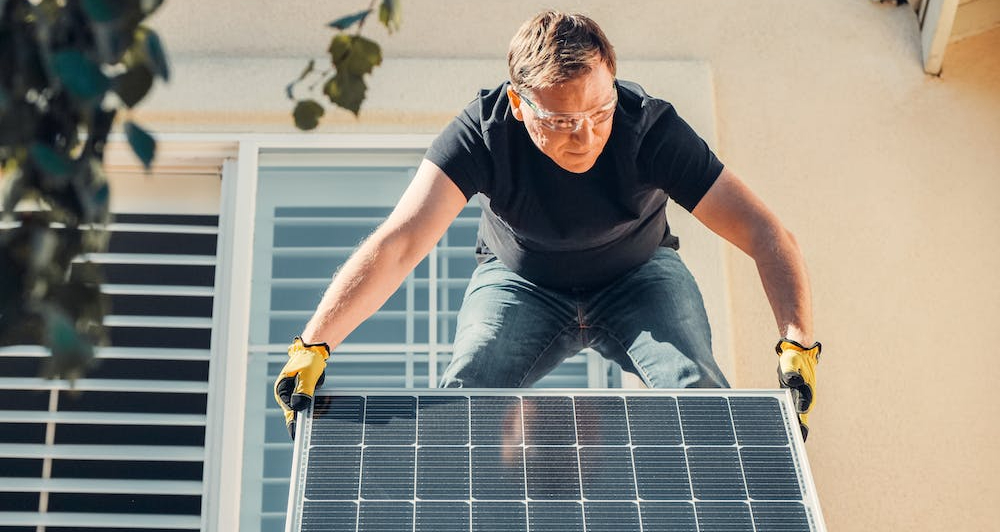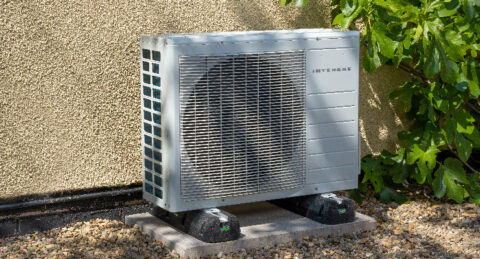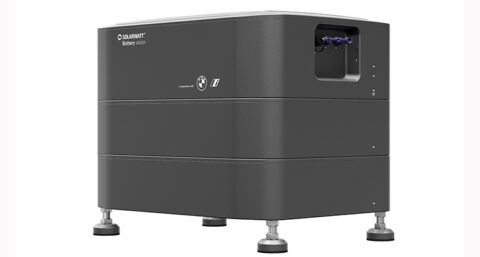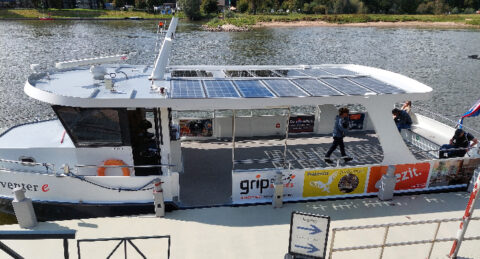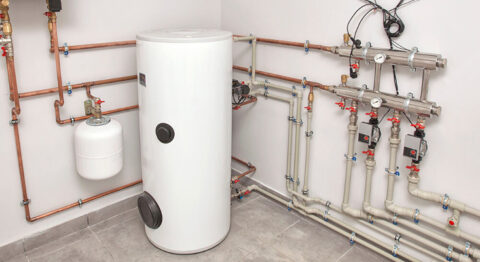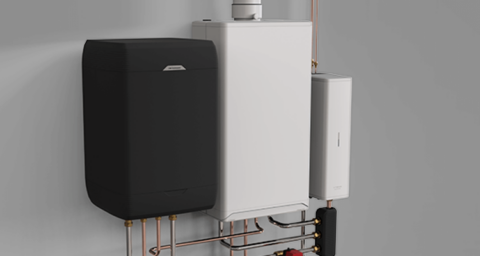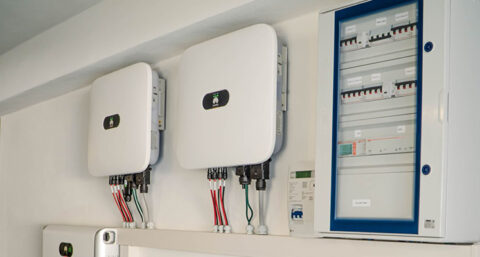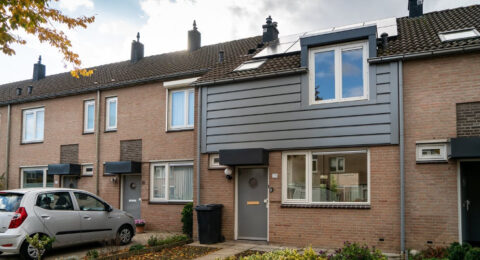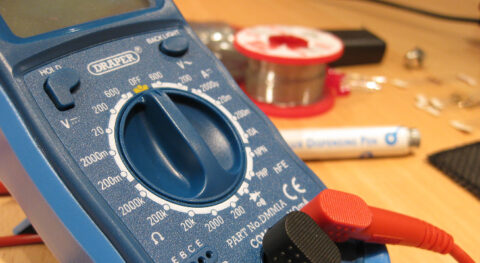With solar panels, the challenge is to make them work as efficiently as possible at all times and under all conditions. To achieve this, an inverter is equipped with what is known as an MPP tracker. This MPP tracker searches for the optimal ratio between voltage and current at which the highest possible power is delivered by the panels. This is also known as the MPP, the Maximum Power Point.
Complication is that this optimal point is not always in the same place. The ideal point depends, among other things, on the amount of light captured, the position of the sun, shading and the heat generation of the panels. Hence, the MPP tracker of an inverter regularly searches for the best ratio. This is done through the so-called IV curve, also called power curve or current-voltage curve.
Scan
In this graph, the voltage is plotted against the current, because the product of the two yields the power (P = I * V). An inverter's MPP tracker can vary the voltage to look for the exact MPP in the curve. At a certain voltage, the current will suddenly collapse, so the tracker knows that the MPP is somewhere around there.
This scanning to the MPP should preferably be done as quickly as possible, because the conditions during the measurement should remain as constant as possible. In addition, it has to be redone regularly, think of rapidly changing conditions such as shadows caused by passing clouds. Calculating the MPP takes a bit of time as well as energy, so it must be done as efficiently as possible.
Good or even better
The MPP determined by the MPP tracker applies to the entire string. Therefore, it works enormously in favor if all the solar panels in the string are equivalent. Consider panel characteristics, orientation, inclination and light incidence. Suppose one panel gets shaded, the IV curve gets disturbed. All kinds of peaks and valleys occur, resulting in multiple power points of varying quality. As a result, the inverter may mistakenly mistake the wrong point for the MPP. Then a lower power output is delivered than is possible.
The better inverters therefore do not stop immediately once they think they have found the MPP, but look a little further to see if there might be a better ratio of current and voltage to be found, which gives a higher yield (power). This does mean that a larger part of the curve has to be traced, and that takes more time and energy. It varies by algorithm, how well and efficiently an MPP tracker handles this.
To participate or not to participate
Depending on the voltage chosen by the inverter, it may be that a (partially) shaded panel still makes a nice contribution to the total delivered power of the string, or that this solar panel is temporarily sidelined thanks to the bypass diodes.
If a panel is only occasionally (partially) in the shade, or for example only during the early and late hours, or only during the darkest winter months, then a nice return is still possible in this way. In other cases, it is often better anyway to include the divergent panels in a separate string. After all, you don't want the weakest link to affect the performance of the whole. Think of panels that catch shade very often, or panels with a completely different orientation. There are inverters with multiple MPP trackers, allowing each string to be optimized separately. This only increases efficiency.
Optimize locally
Another solution to "take apart" the weakest link is through the use of a power optimizer. This gives you an MPP tracker at the panel level. Depending on the brand, you apply optimizers to all panels in the string, or it is sufficient to do so at each different panel. A power optimizer varies the panel voltage to equalize the current with the other solar panels, preventing this one from dragging down the performance of the entire string. This allows the inverter to draw even more power from the panels.
Optimizers therefore provide additional yield in certain circumstances and are especially useful if there is frequent shadowing. All in all, it is important for the installer to find the best solution for each situation and adjust the installation plan accordingly. Not infrequently compromises have to be made. Especially when it comes to an existing system that needs to be expanded or optimized.
